Do you know what a computer can do in that time?
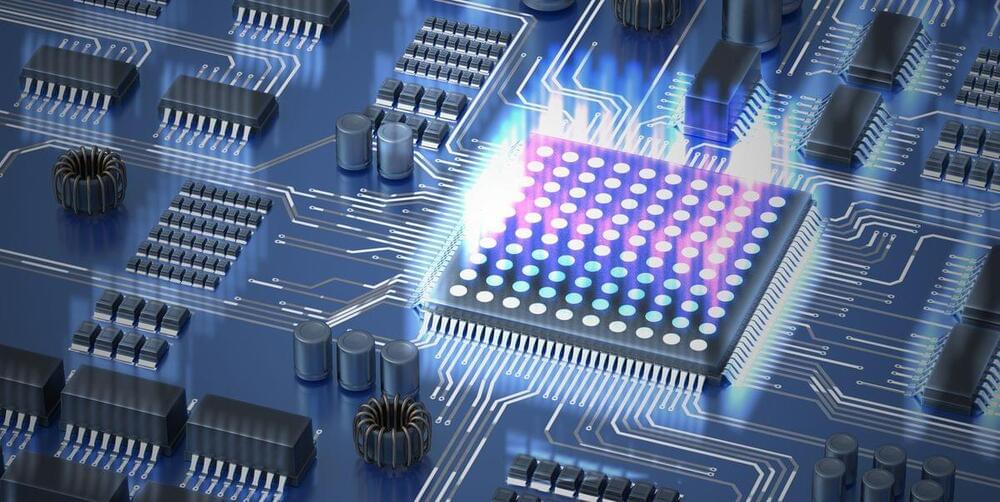


The same goes for the broader economy. Lower subsidies, higher taxes and pricier labour have eroded some of Saudi Arabia’s traditional selling points for firms. It is unclear what will replace them.
Until the government banned the practice, residents of Abha would chop down juniper trees for firewood, to stave off the winter chill. As part of the regional tourism project, developers plan to plant 1m trees to reforest the mountains. It will be a long time before visitors can appreciate them: they grow just 5cm a year in the region’s dry climate, says Turki al-Bishri, a local guide. For all the talk of rapid change, the slow-growing juniper may offer a better glimpse of Saudi Arabia’s economic future. ■
This article appeared in the Middle East & Africa section of the print edition under the headline “No tourist Mecca”.
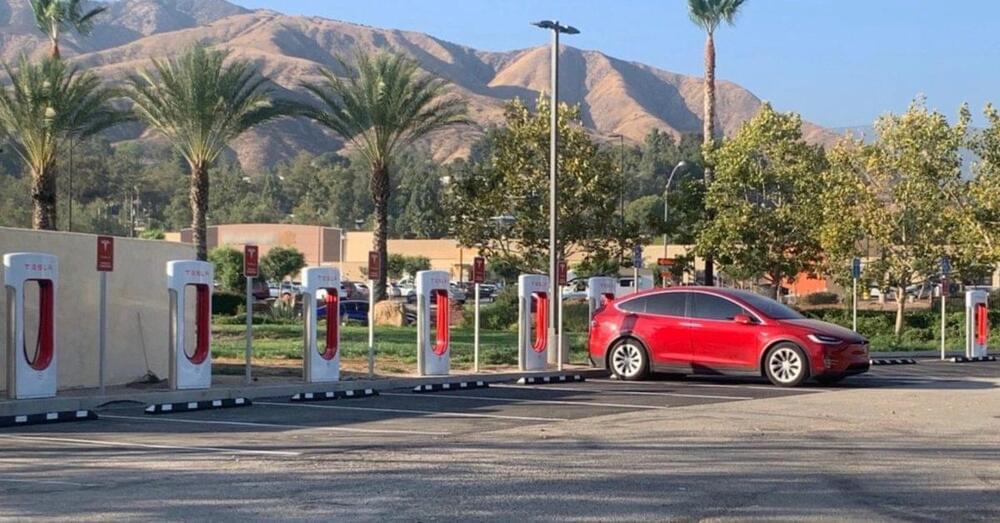
Tesla announced that it reached a new milestone with its Supercharger network: it now has over 30,000 fast-chargers around the world.
Earlier this summer, we reported on how Tesla is gearing up for a giant Supercharger expansion ahead of opening the network to other EVs.
Following Tesla’s confirmation of this, the automaker started hiring many new charging design managers in charge of opening new stations in the US.
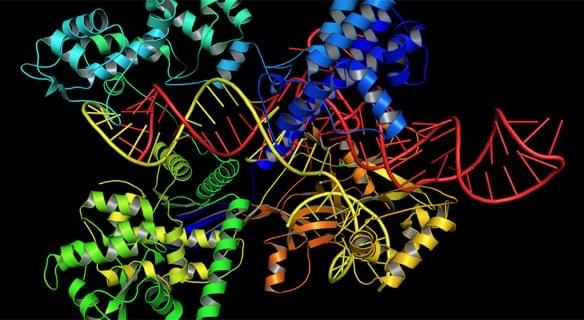
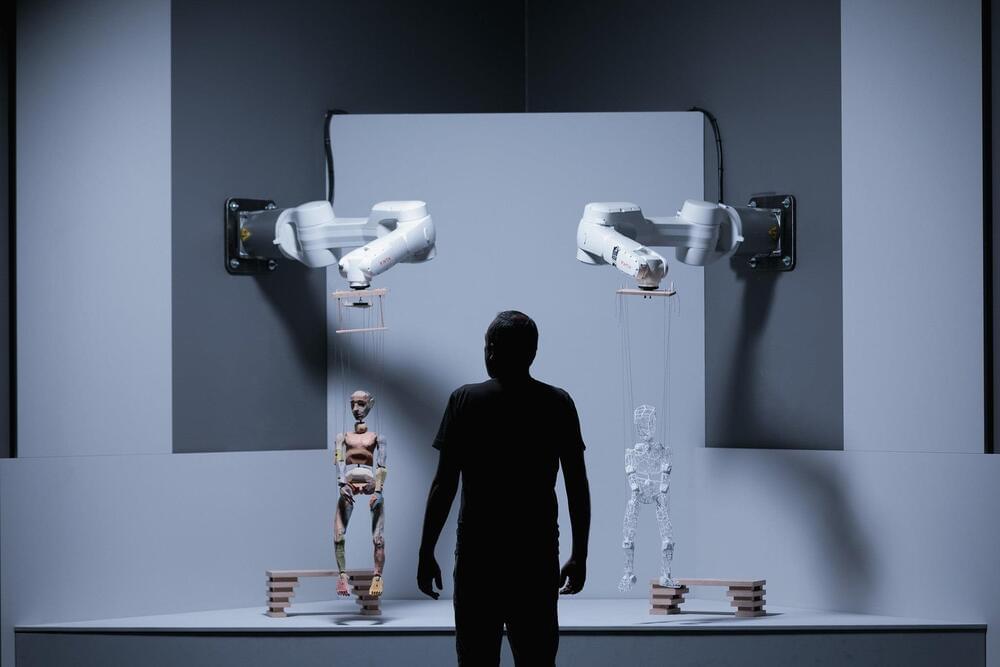
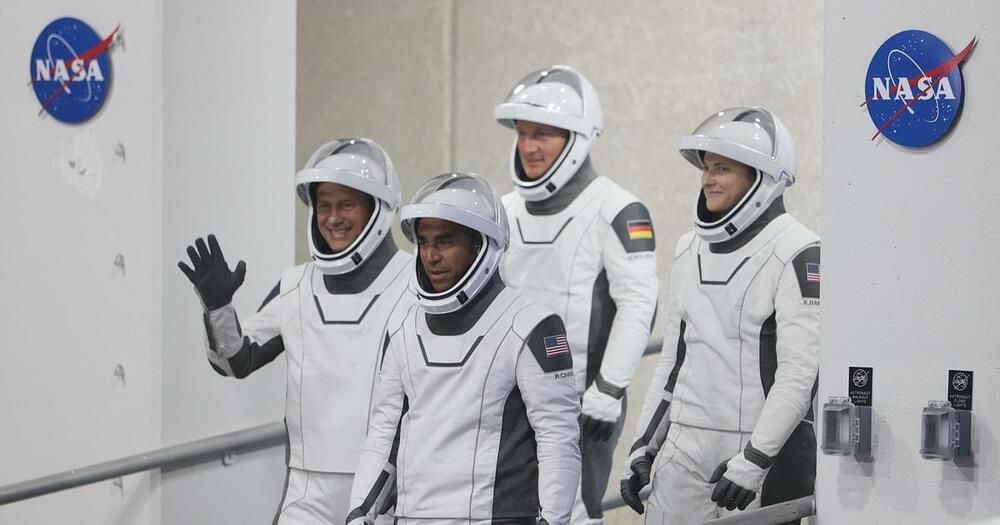

Scientists created an intelligent material that acts as a brain by physically changing when it learns. This is an important step toward a new generation of computers that could dramatically increase computing power while using less energy.
Artificial intelligence imitates human intelligence by recognizing patterns and learning new things. Currently, it is run on machine learning software. But the “smarter” computers get, the more computing power they require. This can lead to a sizable energy footprint, which could destabilize the computer.
In the last seven years, computer usage has increased by 300,000-fold. Since 2012 the amount of computing power used to train the largest AI models has doubled every 3.4 months, the MIT Technology Review reports. And, the escalating costs of deep learning, can have environmental costs too. Researchers at the University of Massachusetts, Amherst, found that a common large AI model emits more than 626,000 pounds of carbon dioxide in its lifetime, nearly five times that of the average American car.
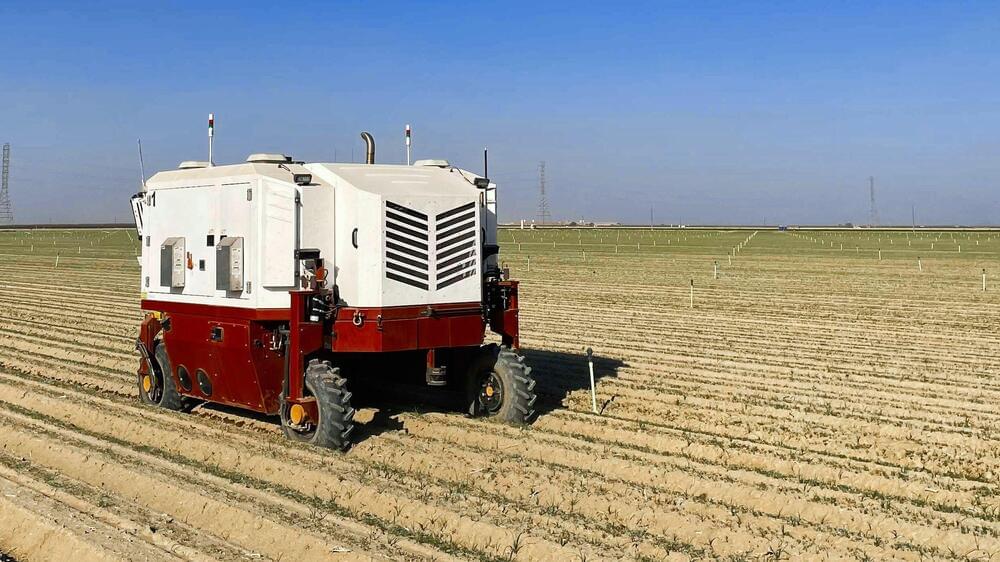
The nutrient content of our vegetables is down 40% over the last two decades and our soil health is suffering due to increasingly harsh herbicide use, according to Carbon Robotics founder Paul Mikesell. And farmers are increasingly concerned about the long-term health impacts of continually spraying chemicals on their fields.
But not weeding will cost half your crop, killing profitability.
The solution?
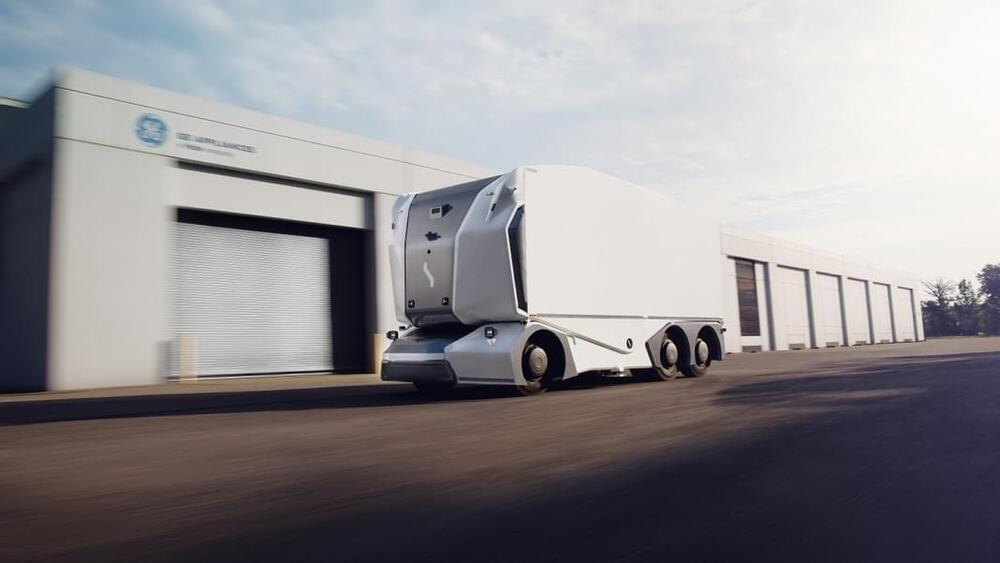
Mike straight, founder & CEO of farmpod.
Up next ►► Vertical farms could take over the world https://youtu.be/J4SaSfnHK3I Instead of shipping food all around the world, imagine your own food coming from your farm in a shipping container, just outside your backdoor. That’s the vision of FarmPod, a St. Croix-based startup looking to completely redefine our relationship with food with a fully automated vertical aquaponic system. This self-contained, solar powered farming method uses a fraction of the water and space of a traditional farm, and even uses zero pesticides. The closed loop system essentially mimics nature’s ecosystems, like a pond. Lettuce, strawberries, kale, collard greens and more can grow in the pod. And, since the produce doesn’t need to be picked early to be shipped to a grocery store, the owner can enjoy their harvest at its peak nutritional value and taste. Produce isn’t all — FarmPod can provide an aquaponic home for tilapia, catfish, crayfish, koi, and freshwater prawns. FarmPod uses automated software and hardware to make their pod’s aquaponics system as easy to run as possible. Mike Straight, the creator and CEO of FarmPod, wants to provide a healthy, hyper-localized source of food with a minimal carbon footprint. “We’re trying to feed the world one pod at a time by hyper-localizing farming, and taking the farm and putting it right in front of the place that needs to use it,” says Straight. Read the full story here ►►
https://www.freethink.com/series/challengers/aquaponics ◠◠◠◠◠◠◠◠◠◠◠◠◠◠◠◠◠◠◠Read more of our stories on aquaponics and sustainable farming:
Vertical farms could take over the world.
►► https://www.freethink.com/series/hard-reset?media_id=avWfzm8Q
How vertical farming can save the planet and feed the world.
►► https://www.freethink.com/series/make-it-count?media_id=bEIXKavd.
New startup takes vertical farming underground — literally.
►► https://www.freethink.com/environment/underground-farm ◠◠◠◠◠◠◠◠◠◠◠◠◠◠◠◠◠◠◠About Freethink.
No politics, no gossip, no cynics. At Freethink, we believe the daily news should inspire people to build a better world. While most media is fueled by toxic politics and negativity, we focus on solutions: the smartest people, the biggest ideas, and the most ground breaking technology shaping our future.◡◡◡◡◡◡◡◡◡◡◡◡◡◡◡◡◡◡◡Watch our original series:
► Hard Reset: https://freeth.ink/youtube-hard-reset.
► Just Might Work: https://freeth.ink/youtube-just-might-work.
► Challengers: https://freeth.ink/youtube-challengers Enjoy Freethink on your favorite platforms:
► Daily editorial features: http://www.freethink.com
► Solutions-based stories, straight to your inbox: https://www.freethink.com/subscribe.
► Facebook: https://www.facebook.com/freethinkmedia
► Instagram: https://www.instagram.com/freethink
► Twitter: https://twitter.com/freethinkmedia
► Join the Freethink form: http://www.facebook.com/groups/freethinkforum